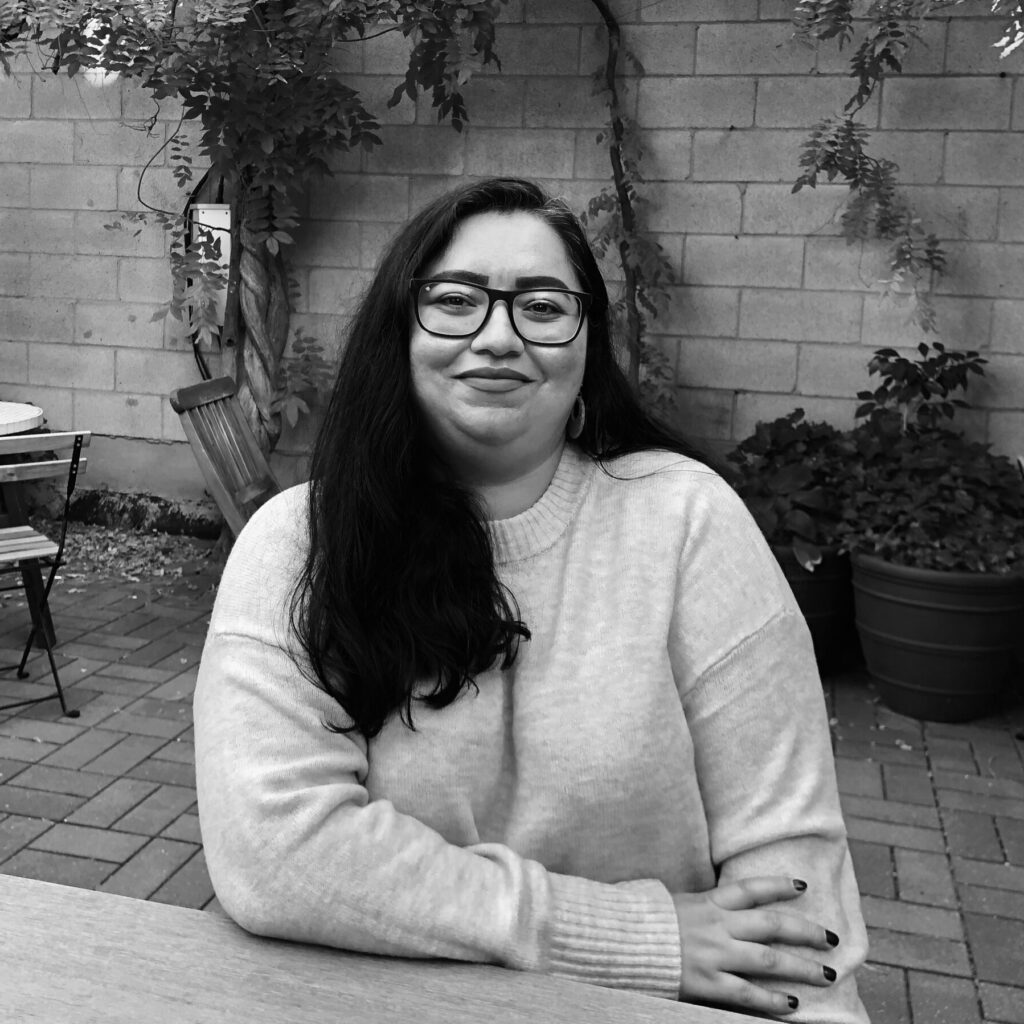
By Sonia Alejandra Rodriguez
I spent the summer reading Pachinko by Min Jin Lee. I read a chapter or two every night for about three months with the intention of watching the novel’s TV adaptation immediately afterwards. The novel and subsequent TV show follow a Korean family living through Japanese rule in Korea, their immigration to Japan, their fight to survive through WWII, and their life well into the late 1980s. I became more curious about the TV adaptation when I heard on the radio that showrunner Soo Hugh steered away from the chronological, linear narrative structure Min Jin Lee used in the novel. The organization for the TV show is cyclical, sometimes parallel, and sometimes it feels like everything overlaps. For me, book to TV show or film adaptations are the most obvious ways to understand how to tell the same story differently. My time with Pachinko, the novel and the TV show was a study in how playing with narrative structures can lead to an array of technical variances and emotional resonances in a story.
There are standard, often Western, narrative structures that are taught frequently in workshops and in craft books: save the cat, three act structure, the hero’s journey, to name a few. There are even more formats that are non-Western that are also worth studying. However, despite knowing there are varying structures I can tap into to tell a story, I still struggle with choosing or knowing the narrative structure that best fits a story I’m working on. I try to not worry so much about structure when I’m writing a first draft. For some first drafts, I let the story flow without censoring myself and doing that has often led to my story’s framework revealing itself as I write. Sometimes I’ve mulled over the story so much in my head, I know how the story is organized before I get to the page. There are instances when I’ve written a story and I’m not confident in the narrative structure I’ve used but have had to push forward anyway because the first draft needs to get done. My comfort zone when writing is to tell a story in a linear, chronological manner and I tend to weave flashbacks where I can. Writing and studying flash fiction has really challenged me to think critically about the narrative structures I use, which has also been useful for short story and novel writing. Over time, I’ve forced myself to make an active choice as a writer about how I unfold a story to see what I can learn about myself as a writer and about the stories I tell.
When I got to the end of Pachinko, a 400-page novel, I didn’t want it to be over. I’d followed Sunja and her family through so much struggle, violence, and discrimination. As a reader, I witnessed Sunja and her family achieve their dreams, persevere, and love one another. If Min Jin Lee decides to write an 800-page sequel, I would read it just to spend more time with this family. I recommend reading the novel on its own simply to study the brilliant use of third-person point of view. Because I enjoyed the novel so much I had my concerns going into the TV adaptation. I’m the annoying TV viewer who’s always quick to point out the differences between the book and the adaptation. As I watched the TV version of Pachinko, starring Youn Yuh-jung (who’s also in the film Minari, which I totes recommend) as older, 1980’s Sunja, I forced myself to not be that person because I already knew from Hugh’s radio interview that the narrative structure was different—but I was still not prepared.
The departure from the novel’s original structure made the emotional impact of the TV adaptation hit differently as I watched. The Apple TV+ version of Pachinko opens in 1915 in Japanese-occupied Korea with a pregnant Yangjin, Sunja’s mother, at a healer’s cabin asking for medicine to break a curse in her blood and and then the show cuts into a scene in 1989 New York with Solomon (Jin Ha), Sunja’s grandson. That’s not how the book starts. I didn’t meet Solomon until near the end of the book. Having read it in advance allowed me to make comparisons to the TV show that helped me understand how something like when to introduce characters can lead to different stories. Additionally, Lee’s use of a linear and chronological narrative structure makes it difficult to see the repetition of themes and patterns in Sunja’s life and in the life of her other family members. To a patient and careful reader, those themes and patterns are revealed as the novel progresses and by the end it’s evident how families repeat dreams and mistakes generation after generation. The connections made in the novel felt like a slow burn–which I thoroughly enjoyed. However, in the TV show, the parallels were blatantly obvious in my face–Sunja and Solomon are connected by more than just family blood. Even the opening title sequence of Pachinko makes it clear that this family’s story is not only cyclical but also overlaps. In the opening, the characters dance with one another in a pachinko parlor and in one of the sequences Solomon and Sunja’s son Mozasu (Sohee Park) danced with young Sunja (Yu-na Jeon)—watch it because it’s brilliantly beautiful! The “in my face” connections felt exciting and mind-blowing—which I also really enjoyed.
I can’t say with 100% certainty that one narrative structure impacts the character development more than another. But I couldn’t help but feel (and watch) that this was true between the Pachinko novel and the TV adaptation. Sunja as a character in the novel doesn’t feel to me as confident as the Sunja in the TV adaptation. Both Sunjas are still assertive and strong–because they have to be to survive. However, as I watched the TV version, the difference in the characters was enough for me to think critically about how much the ways a story is organized impacts character development and how I can use different frameworks in my own writing to inform my characters’ personalities and their decisions.
While it’s true that for many reasons books and their TV or film adaptations should be treated as separate art forms, finding similarities and differences allows me to ask questions, find examples, and gives me room to experiment with the ways I tell stories. There’s much to learn about writing and storytelling from watching book to TV or film adaptations. Now, when I’m revising I ask myself, how can I tell this story differently? Would telling the story differently reveal something about my characters that wasn’t apparent before? How does the narrative structure I’m using serve the story? Would a different narrative structure help me capture the emotional resonance I want? I have a historical fiction short story I was stuck on for a while and the revisions I was making weren’t leading me closer to completing the story. But asking questions about the narrative structure I used initially and playing with different formats has opened up the story, the characters, and the plot in ways I wasn’t seeing before. As a writer, I’m always looking for strategies for revision and new ways to approach a story. Studying book to TV or film adaptations is a strategy I will continue to use.
Read Sonia’s other work here at Reckon:
Fiction – Sing with Me
TV Time: “The One Where I Ugly Cry”
TV Time: Revision as Time Travel

Sonia Alejandra Rodriguez
Sonia Alejandra Rodriguez is an avid TV watcher–she enjoys crying, laughing, and arguing, mostly by and with herself, about storylines, character choices, dialogue, as so much more. Sonia has published stories in Hispanecdotes, Everyday Fiction, Acentos Review, Newtown Literary, So to Speak, Longreads, Lost Balloon, Reflex Fiction, Strange Horizons, Nurture Literary, Okay Donkey, and elsewhere. Sonia’s writing has been nominated for a Pushcart Prize, Best of the Net, and Best Microfiction.

2 responses to “TV Time: Learning About Narrative Structure from a Book to TV Adaptation”
I really enjoyed this article comparing the novel and the television adaption and the structure each used. Thanks for some interesting insights.
Great stuff here! I once heard Tony Hillerman say–in the special features to an adaption of one of his novels–that the novel has to die to become a film. That doesn’t exactly seem like what happened in this case. I’m inspired by the ideas you’ve drawn from this study. I have an historical short story that I’m stuck on as well. Maybe what you’ve provided here will help. Thanks!